Photo Credit: WikiCommons Justin Hobson
When I was five years old, a tornado came down my street sending golf ball sized hail into our windows and tearing the old weeping willow tree out of the ground and onto my swing set. I don’t remember much from that age, but I do remember coming outside to see an enormous tree (in my child mind it had a ten foot root ball – no idea of the actual size) crashed across the metal of the swing support.
We were lucky. Our house was safe but for some broken windows.
But it is a memory seared in my brain.
I sort of feel like a tornado is coming through all of our lives right now too.
The impact of COVID-19 on our small businesses feels like a tornado. In some places, it takes down everything in its path. In some places, it creates major damage but businesses are limping along. And in other places, the impact seems almost non-existent.
I wouldn’t wish this catastrophe on anyone or any place.
But, or more correctly, and yet, this pandemic is helping people see the problems in our economy more clearly. Problems that have been there for a long time. Inequities and biases that are baked into our systems that many people never thought about before.
A lot of the debris has been cleared.
Today, more communities are making the commitment to rebuild their local economy in a stronger, more inclusive, more resilient way. They are committing to clear the debris of past decisions (including ones made only last year). Just like after a tornado rips through a community – we get to rebuild stronger.
There is no choice but to rebuild. But how we rebuild and whether we create something that is stronger than before is up to us.
We can seed and grow a strong local economy in each of our communities by working with a diverse network of business owners with deep roots in the community. We don’t need to wait for some big outside entity to come save us.
Small-scale manufacturing business owners often serve as the strong foundation for this growth because they are in EVERY community, source materials locally, and hire from within the community.
These businesses can allow more residents to be business owners, create more living-wage jobs, and even play a part in promoting neighborhood ownership of storefronts.
Unfortunately, many jurisdictions do not have the infrastructure in place to invest in their small businesses and especially in their small-scale manufacturing businesses. Economic development leaders struggle to address the racial, cultural, and language barriers – both historic and current. Many existing business support programs favor businesses well known in the community or focus solely on recruitment instead of growing good paying jobs from local small businesses. Few programs think about the real estate or space needs of our small businesses and how to ensure the diversity of our community is in those spaces.
We can build on existing programs, but we need to adapt them to do better now.
And in many cases, this means filling in the gaps in our infrastructure to make sure we are purposefully investing time, energy, and money in BIPOC business owners, in rural towns, and in small-scale manufacturing businesses that can create more living wage jobs.
In fact, there is a continuum of small business support that every community can use to make sure the local investments create these outcomes for businesses and the space they need to thrive.
Get the Rebuild Stronger - Tornado Checklist is see how to make it happen.
You may not have all of them today. OK.
But at least know what you have, what you’re missing, and make the decision to invest in the pieces that will make the biggest difference for the most people in your community. Especially people, neighborhoods, and communities who have been under-invested in for many decades.
Every community can build a more complete infrastructure for business stability and growth.
The infrastructure needs to include both business development support and space for different kinds of businesses to thrive.
Do you want to see how your community stacks up? Get the free Rebuild Stronger - Tornado Checklist to see what you have and what you’re missing. Then you can figure out what to invest in next.
Decide on a few, specific goals for these investments. Who should benefit? What should happen at the end of the support? Is there a target area in your city that should also be a part of the solution? How will these investments help more or different people than before?
Do you need help getting started? Check out the Recast Spark.
Or just take action.
It’s time for us to rebuild stronger.
Let’s get started.

